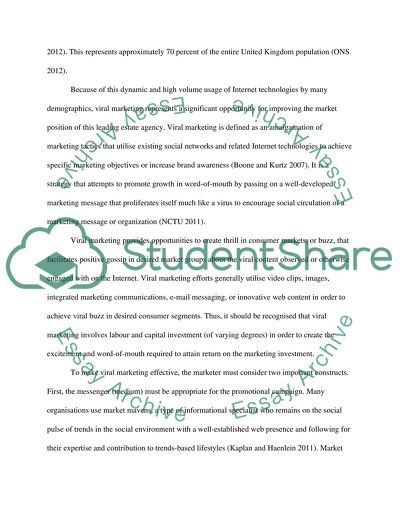Cite this document
(“Director of digital strategy for a leading UK estate agency chain Essay”, n.d.)
Director of digital strategy for a leading UK estate agency chain Essay. Retrieved from https://studentshare.org/marketing/1614867-director-of-digital-strategy-for-a-leading-uk-estate-agency-chain
Director of digital strategy for a leading UK estate agency chain Essay. Retrieved from https://studentshare.org/marketing/1614867-director-of-digital-strategy-for-a-leading-uk-estate-agency-chain
(Director of Digital Strategy for a Leading UK Estate Agency Chain Essay)
Director of Digital Strategy for a Leading UK Estate Agency Chain Essay. https://studentshare.org/marketing/1614867-director-of-digital-strategy-for-a-leading-uk-estate-agency-chain.
Director of Digital Strategy for a Leading UK Estate Agency Chain Essay. https://studentshare.org/marketing/1614867-director-of-digital-strategy-for-a-leading-uk-estate-agency-chain.
“Director of Digital Strategy for a Leading UK Estate Agency Chain Essay”, n.d. https://studentshare.org/marketing/1614867-director-of-digital-strategy-for-a-leading-uk-estate-agency-chain.


